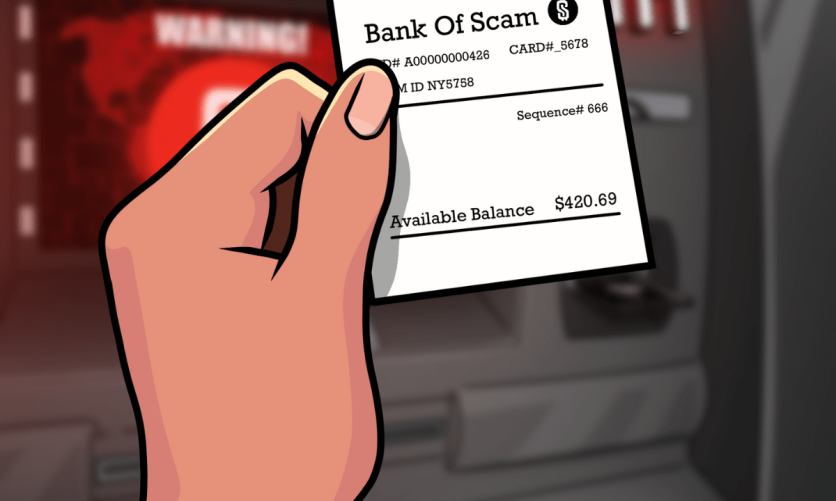
In crypto, every week brings the "next big thing." Whitepapers are thicker than novels, roadmaps promise Mars colonies, and founders talk utility while secretly plotting their exit. Investors ape in, influencers shill, and then, rug.
Scamcoin ($SCAM) decided to pull a different move: radical honesty. No buzzwords. No overpromises. No roadmap to nowhere. Just memes, chaos, and a community that proudly calls itself the cult of the scam.
In a space where every project is one bad week away from disaster, Scamcoin flips the script. The only coin honest enough to admit it's a scam... might be the most trustworthy project.
Who's Behind the Scam? Everyone.
Scamcoin doesn't have a shadowy team or a central figure pushing a narrative. There's no mysterious founder to worship or fear. The truth is more straightforward: Scamcoin is owned by everyone who joins the joke.
This collective origin is part of the parody. Traditional projects hide behind pseudonyms or VC funding. Scamcoin embraces transparency by admitting it was never meant to be "serious" in the first place. Its creators set the tone, and the community took it further.
The result? A meme that escaped the joke and turned into a movement.
When Every Coin Lies, $SCAM Tells the Truth
Here's the twist: by admitting it's a scam, Scamcoin becomes rug-proof. You can't FUD a project that's already roasted itself. No overpromises mean no broken promises. This brutal honesty builds ironic trust. Holders aren't here for guaranteed gains; they're here because $SCAM is the only project that does not pretend to be something it's not.
Product-Market Fit? The Market Is the Meme
Forget whitepapers and utility tokens nobody uses. Scamcoin's product is culture. Its roadmap is ironic. Its community is the ultimate utility.
By calling itself a scam, Scamcoin highlights the absurdity of the broader market: coins with fake promises, vaporware "platforms," and influencers cashing in. Scamcoin reflects crypto culture to itself like a carnival mirror. Only this time, the reflection makes people laugh instead of cry.
And that laughter is contagious.
Memes are retweeted, inside jokes spread, and suddenly, $SCAM stops being just a token and becomes an identity.
How to Get Initiated into the Cult of $SCAM
Getting into Scamcoin isn't some secret club with impossible hoops. True to its spirit, it's as simple and transparent as the meme itself.
Here's how you can join:
- Phantom Wallet: The most straightforward way. Open Phantom, the most popular wallet on the Solana chain, and grab $SCAM directly.
- DEX Choices: Prefer a decentralized exchange? Head to Jupiter or Raydium using any Solana-compatible wallet.
Ticker: $SCAM
Contract Address: 9mNjA6BizTwpvd4DS3o7BjwZ6aPM9DC2jLHS7JFGbonk
Supply: Fully circulating, with CoinMarketCap and CoinGecko verifying the total at 999,955,056 tokens.
There's no fine print and no fake promises. What you see is what you get: a community-powered parody that turns irony into identity.
Own the $SCAM
Scamcoin is more than a token; it reflects the crypto space itself. It positions irony as utility, turning the "scam" label into its strongest asset. By calling out the overpromises and rug culture around it, $SCAM becomes the rug that never rugs, the project that admits the joke before anyone else can.
In a market often driven by hype and unrealistic expectations, Scamcoin offers something different: transparency through parody, community through memes, and honesty through satire.
To follow the movement as it grows, step into the conversation on Twitter and be part of the community on Telegram, where culture, humor, and memes keep $SCAM alive.
ⓒ 2026 TECHTIMES.com All rights reserved. Do not reproduce without permission.





